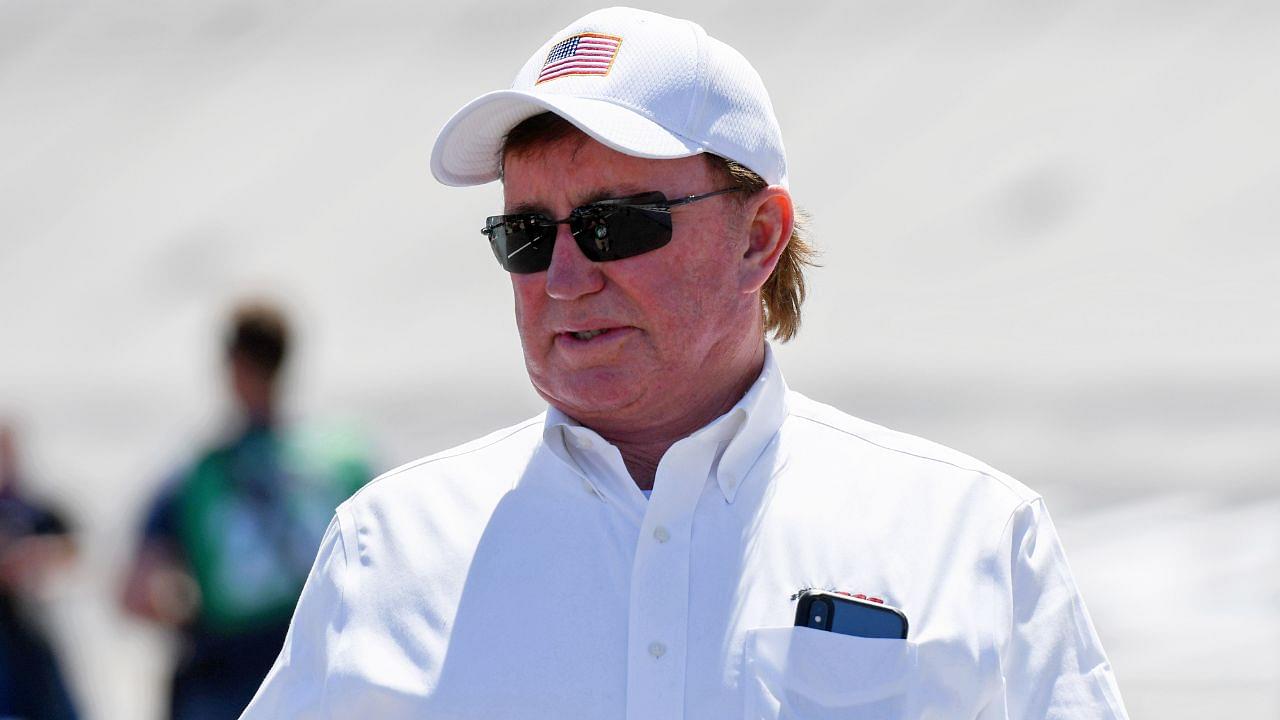Throughout history, NASCAR teams have always tried to work around the rules to find that slight edge over the competition. While the risk for sanctions and penalties always remained, finding that advantage has been a nonstop endeavor.
Advertisement
Looking back a couple of years, during the 2015 season, Richard Childress Racing landed in controversy after they did something with their tires to expand their lifespan. NASCAR did not take a liking to that and what followed was a harsh crackdown in the form of a penalty.
Did Richard Childress Racing Innovate or Manipulate their tires?
The incident had taken place with Ryan Newman’s car after NASCAR suspected them of intentionally manipulating the tires against the rules. NASCAR had been very strict about not messing with the engine, fuel, or tires and RCR had broken one of the major rules.
Richard Childress Racing had been pretty meticulous about their strategy involving the tires, essentially creating a version of bleeder valves for themselves. This was to allow the tires to slowly lose pressure as they ran around the race track.
This was done since there was no other way to change the pressure of the tires once the car left the pit stall. Moreover, the teams were forced to send the cars out on lower pressures, waiting for the cars to build up pressure as the heat built up in them over the duration of the race.
This practice is known as tire bleeding. The team would poke calculated holes in the tires to allow for the excess pressure to dissipate over time. What it does in essence was allow for a longer tire life and enhanced drivability thanks to increased tire surface area as the air went out gradually.
In a way, it may appear that they did in fact innovate with the problem at hand. But considering that it was an illegal modification NASCAR deemed the act to be manipulation rather than innovation.
What did NASCAR think about RCR’s tire drama?
In the aftermath of the incident, NASCAR slapped RCR with a 75-point dock for the remainder of the season for Newman. Additionally, his crew chief was suspended for six races along with a $125,000 fine, while the tire technician and team engineer also received a six-race suspension for their actions.
Although RCR had decided to appeal the penalty NASCAR decided to uphold their decision. In the end, NASCAR allowed a reduced punishment for the team, by reducing the 75-point dock to 50 and reducing the crew chief’s fine from $125,000 to $75,000.
It has been quite a few years since the tire bleeding controversy involving Richard Childress’ team. But after the incident, there were arguments and points raised by fellow drivers in the sport such as Jeff Gordon and Darrell Waltrip, asking why bleeder valves weren’t allowed in the first place.








